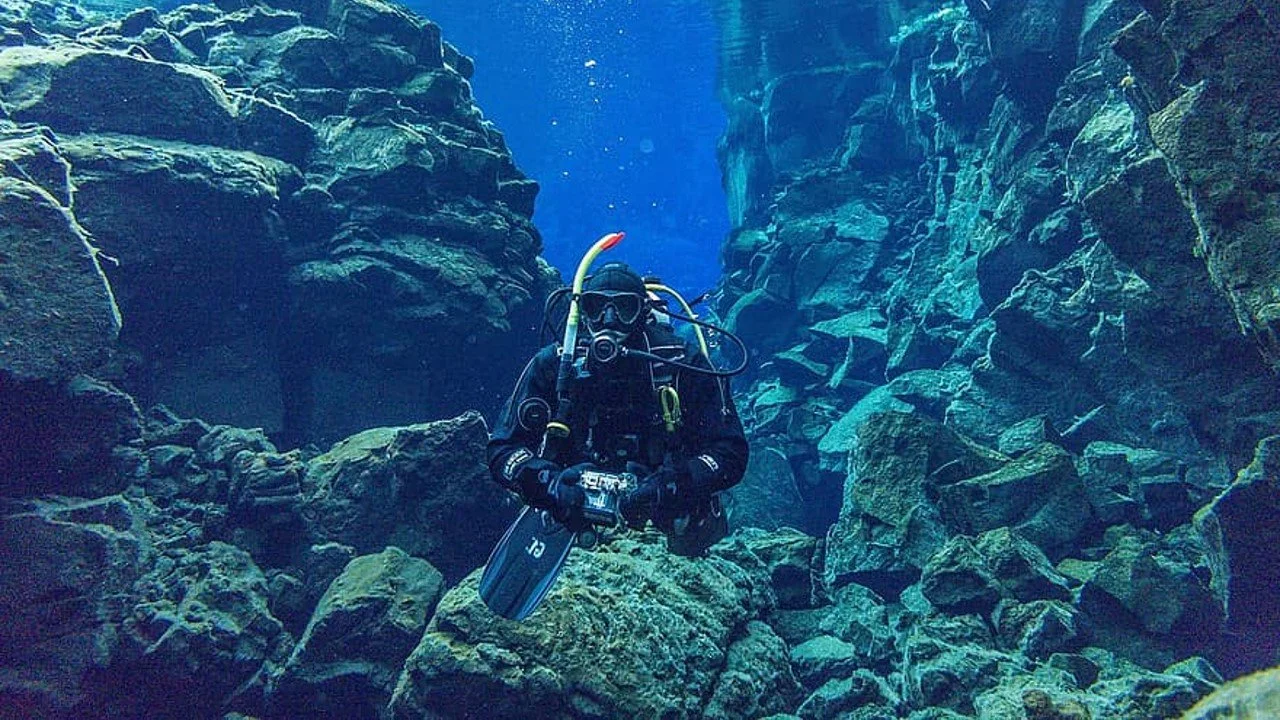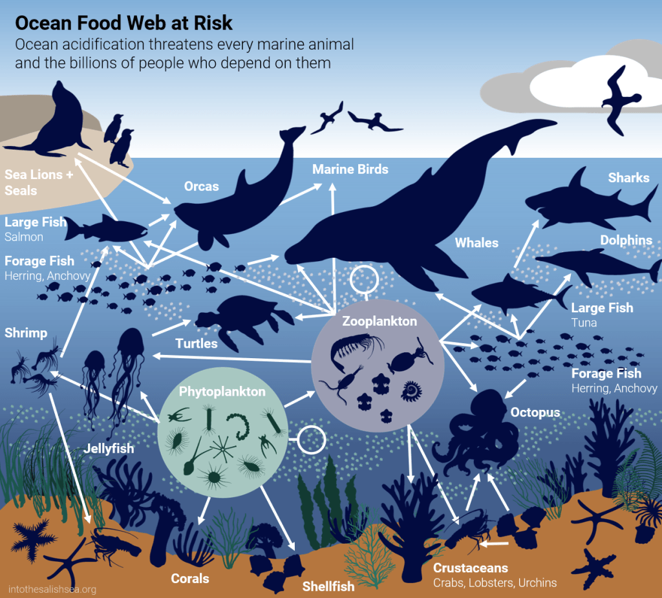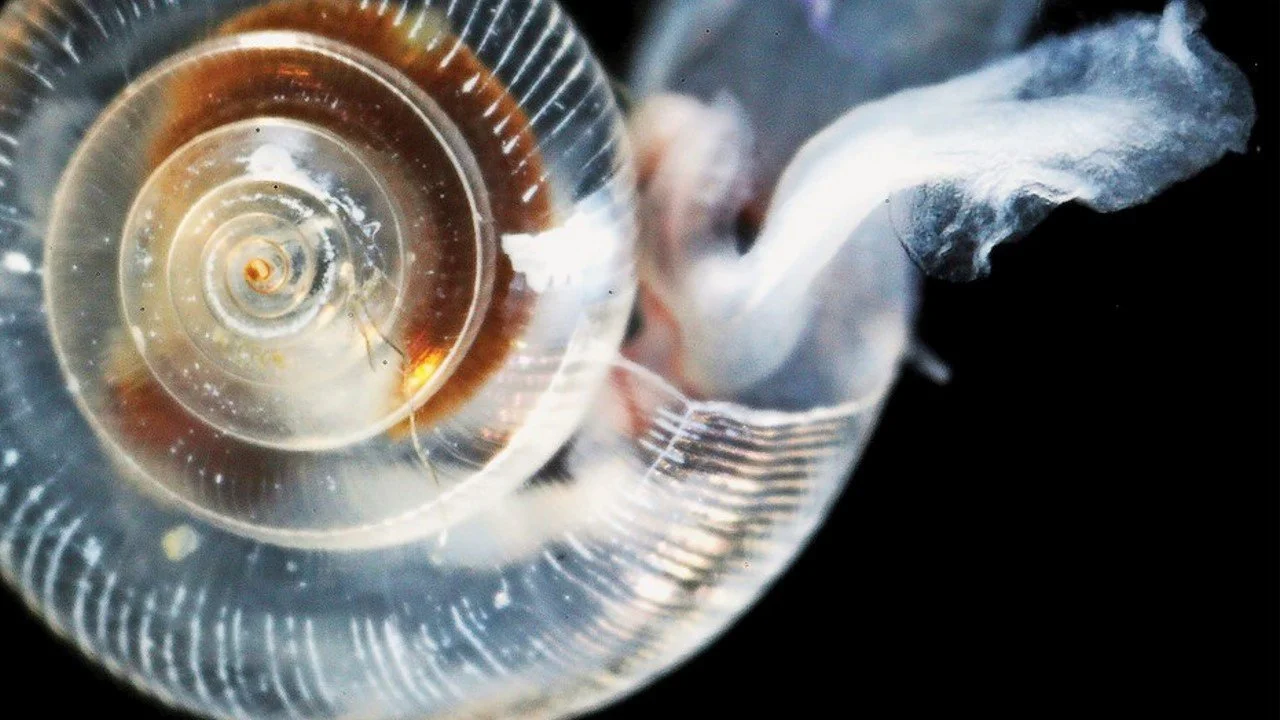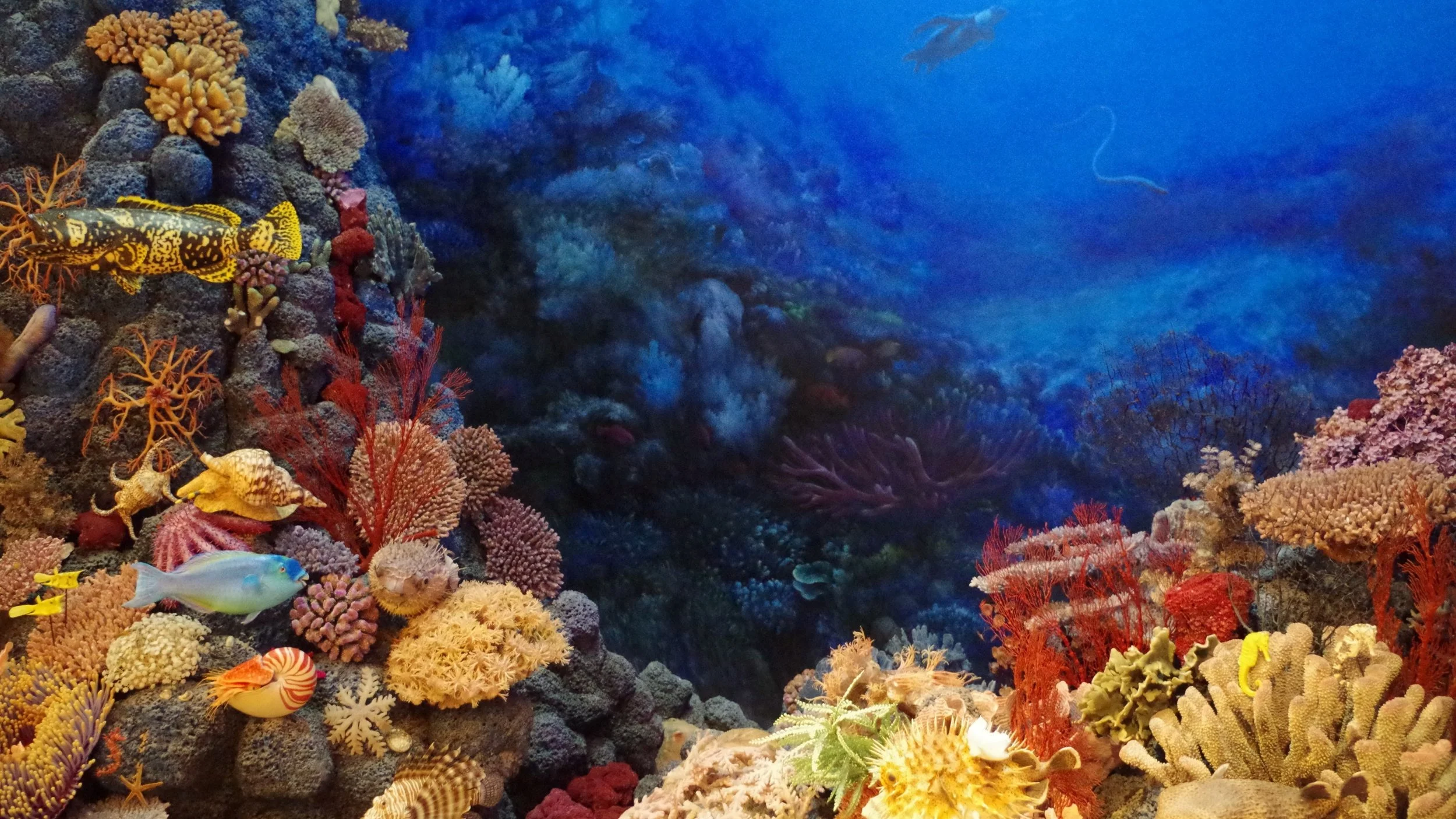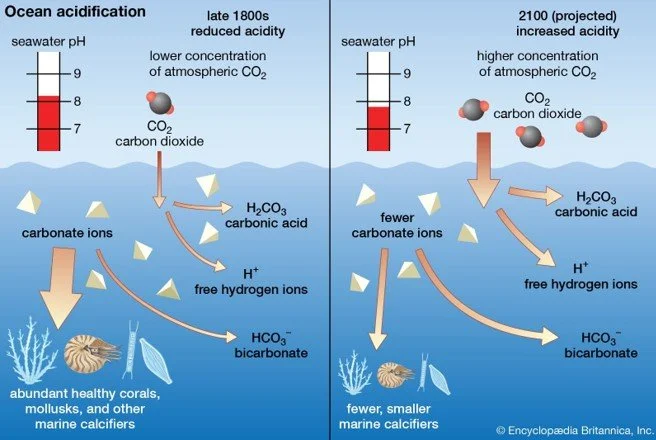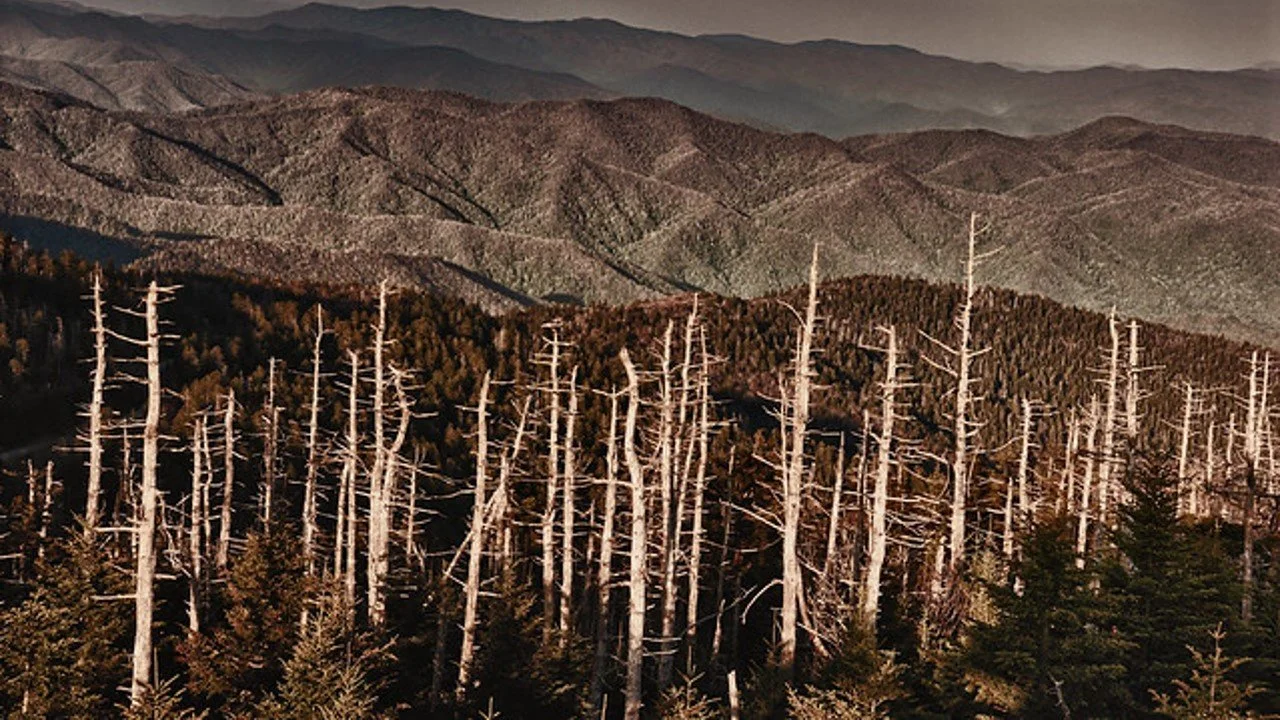We hear a lot about carbon emissions as a cause of climate change, but many people still argue that the source of these emissions is natural. Natural emissions include gases released through chemical processes like decomposition and ocean respiration. (EPA) Human-caused emissions are the real issue right now because they are changing the balance of emissions in our atmosphere and thus upsetting our ecosystems. We know this because the effects of climate change have spiked as our emissions have greatly risen. Human-caused emissions are produced by processes like cement production, deforestation, and burning fossil fuels. The highest sectors of fossil fuel use are electricity, transportation, and industrial production. (EPA)
80% of our oceans remain unexplored. (Nat Geo) The first organisms came from water, meaning our oceans could contain the key to our evolution. Additionally, our oceans hold some of the most complex and delicate ecosystems on the planet and because we haven’t identified most of them, we don’t know how small changes in the biosphere will affect them. Most food chains can be traced back to plankton, thus making them the bedrock of ecosystems. Organisms like coral and kelp provide shelter for many organisms throughout the food chain. (EPA)
Ocean Acidification and Ecosystems
Pteropods are zooplankton, plankton that are often called the ‘Potato Chips of the Sea’ because they are a crucial food source for so many marine animals. There are many different types of pteropods, some don’t even have shells. Predators of pteropods include salmon, small fish, sea birds, and whales. (PBS)
Corals are organisms closely related to anemones and jellyfish and live in colonies. Stony corals are considered the ‘bedrock’ of the reef, known for their stony skeletons which make them stiff and sturdy. Stony coral is made up of many small polyps that provide food made through photosynthesis to the coral in exchange for shelter. Only the thin outer layer of these polyps is alive, the layers underneath are old skeletal growth. These polyps can filter calcium carbonate out of the water and use it to build their hard supports. Corals support many species of fish, sea stars, urchins, and more. They are linked to other diverse ecosystems. Additionally, not all corals form skeletons like this. Some have stinging exoskeletons while other soft corals don’t have skeletons at all.
Our oceans absorb 22 million tons of Carbon Dioxide per day. Because of the increased amounts of carbon dioxide in our atmosphere now, ocean water has become 30% more acidic in the past 200 years. Previously, scientists were not concerned about this phenomenon because of a process called buffering. With natural ocean PH changes, water carried by rivers would balance out the slight acidification, but now there is too much absorption too quickly to be balanced out naturally. (Britannica) PH is a measure of the different ions in a solution. With ocean acidification, the number of bicarbonate ions increases in relation to the number of carbonate ions. Carbonate ions are necessary to form shells, made of calcium carbonate. Although this process doesn’t necessarily mean the water will become more acidic, the volume of carbon dioxide being absorbed by our oceans is so great that the water is acidifying. Greenhouse gas emissions also trap more energy from the sun inside the atmosphere which heats our oceans. At warmer temperatures, seawater cannot absorb as much carbon dioxide which only exacerbates the issue.
Without a sufficient supply of calcium carbonate, corals and pteropods along with countless other shelled organisms cannot form adequate shells. Because of this, pteropods cannot mature to adulthood, meaning they cannot reproduce. With so many predators, the pteropod population is swiftly dropping. If ocean water acidity continues to rise, shells that have already been constructed will begin to dissolve. Many predators depend on pteropods as a major food source, and without them, ecosystems will be thrust into ecological collapse. Stony corals cannot form shells to protect their algae polyps, leaving them vulnerable. The polyps are highly sensitive to PH changes and die in warm, acidic water. This decreases crucial shelter for many species and leaves them vulnerable to predators, again, disrupting the food chain. (EPA, PBS) A higher concentration of carbonic acid also affects larger organisms. The byssal threads of mussels, which they use to cling to rocks are weaker in acidic water. Squid and octopi can suffer from higher concentrations of acid in their bodily fluids, disrupting their regular patterns of growth, respiration, and reproduction. Disruptions to predator populations can cause a population boom for their prey which then decimate their food sources, often plants like kelp which serve as shelter for others.
Ocean acidification is a particularly pressing issue for people living on the west coast of North America because the winds pull acidic water from the bottom to the top, distributing the acid throughout. With a decrease in stony coral, storm protection will decrease, exposing coasts across the globe to violent storms. Additionally, coral reef deaths will alter the food supply for many because fish will lose their protection from other predators, and tourism opportunities will also take a hit, impacting many economies. (EPA)
Kelp absorbs 20 times more carbon than land forests per acre. Restoring aquatic vegetation has been found an effective way to combat ocean acidification. You can also help slow ocean acidification by reducing your carbon footprint. (Yale, Washington) Our oceans contain some of the most complex and delicately balanced ecosystems on the planet. We know so little about these ecosystems that we don’t know how a small population change for one organism may affect others. Our actions are affecting the oceans, and we don’t know how. Our planet cannot adapt as quickly as we are changing it, and though the collapse may begin with delicate aquatic ecosystems, it will eventually reach us and greatly alter our lives.
Sources:
EPA, Environmental Protection Agency, https://www.epa.gov/coral-reefs/basic-information-about-coralreefs#:~:text=Coral%20is%20a%20class%20of,thousands%20of%20individual%20living%20polyps.
EPA, Environmental Protection Agency, https://www.epa.gov/ghgemissions/global-greenhouse-gas-emissions-data.
EPA, Environmental Protection Agency, https://www.epa.gov/ocean-acidification/effects-ocean-and-coastal-acidification-ecosystems.
National Geographic Society. “Ocean Acidification and Coral Reefs.” National Geographic Society, 9 Nov. 2012, https://www.nationalgeographic.org/media/acidification-reefs/#:~:text=The%20more%20acidic%20seawater%20becomes,more%20quickly%20than%20they%20accrete.
National Geographic Society. “Ocean.” National Geographic Society, 4 Sept. 2019, https://www.nationalgeographic.org/encyclopedia/ocean/#:~:text=Ocean%20Waves,percent%20of%20it%20remains%20unexplored.
“Ocean Acidification: How Carbon Dioxide Is Hurting the Seas.” Encyclopædia Britannica, Encyclopædia Britannica, Inc., https://www.britannica.com/story/ocean-acidification-how-carbon-dioxide-is-hurting-the-seas.
“Pteropods: Very Small & Very Important.” PBS LearningMedia, PBS LearningMedia, 12 Jan. 2021, https://kcts9.pbslearningmedia.org/resource/ea10af5c-e56e-4ad3-85ba-68c565b48142/pteropods-very-small-very-important/.
What Is Ocean Acidification?, https://www.pmel.noaa.gov/co2/story/What+is+Ocean+Acidification%3F#:~:text=The%20Chemistry,or%20%22OA%22%20for%20short.
https://www.pmel.noaa.gov/co2/story/What+is+Ocean+Acidification%3F
https://www.ucsusa.org/resources/co2-and-ocean-acidification
https://intothesalishsea.org/the-most-insidious-threat-to-our-ocean/
https://www.cnn.com/2014/06/18/world/asia/australia-great-barrier-reef-whc/index.html
https://www.pmel.noaa.gov/co2/file/Pteropod+shell+experiment
https://ocean.si.edu/ocean-life/invertebrates/ocean-acidification
https://www.nature.com/scitable/knowledge/library/ocean-acidification-25822734/
https://e360.yale.edu/features/kelp_seagrass_slow_ocean_acidification_netarts
https://www.washingtonpost.com/climate-solutions/2021/07/05/kelp-forests-destroyed-sea-urchins/

